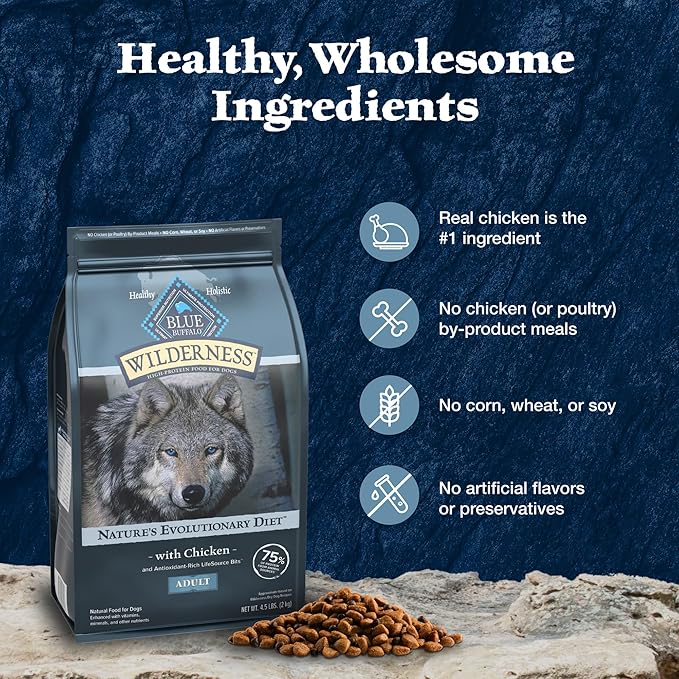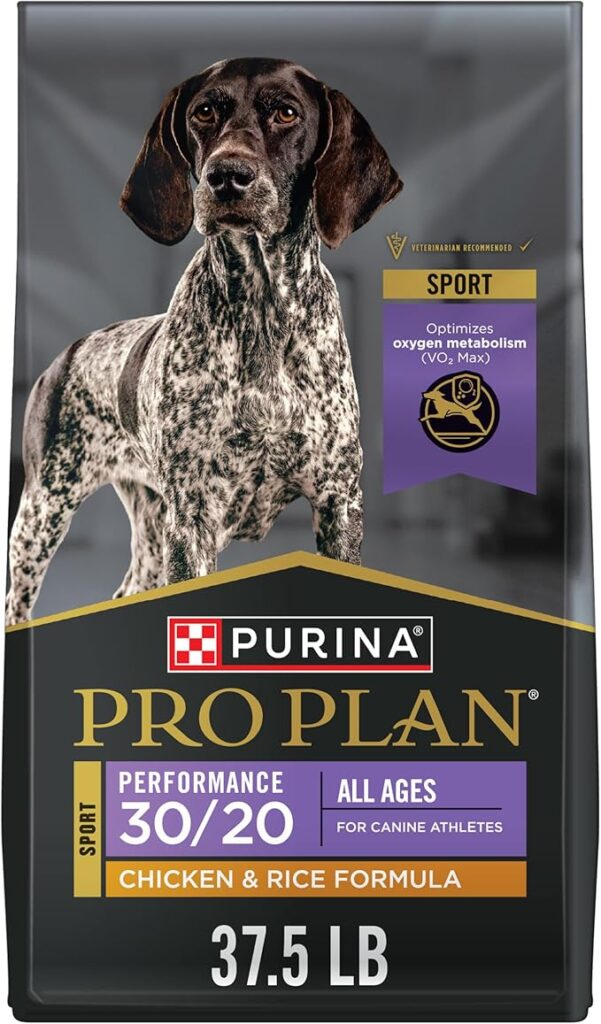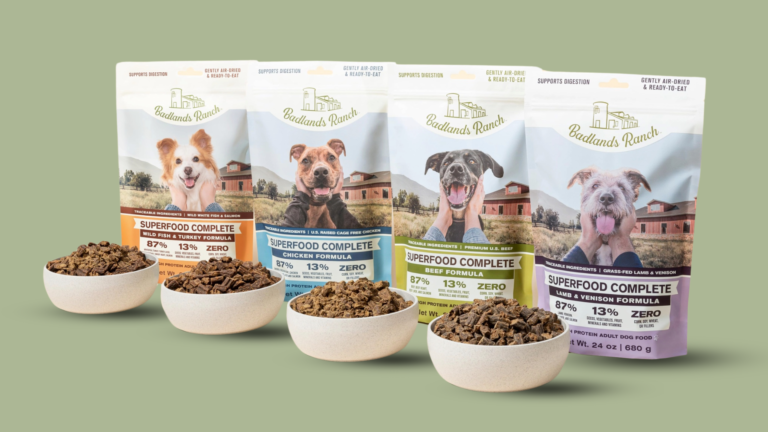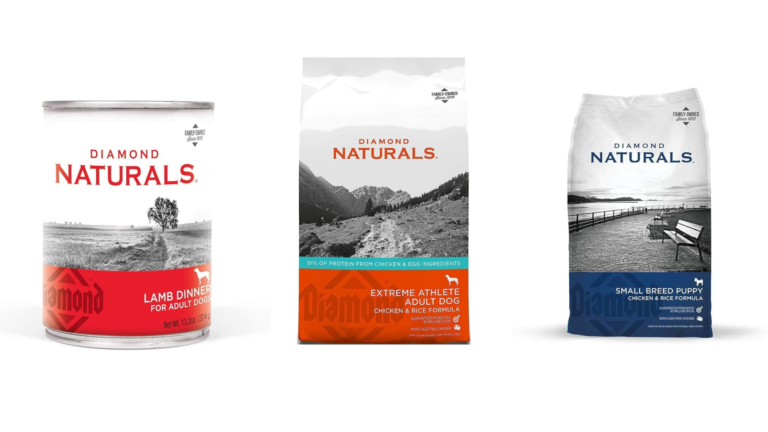Best Dog Foods for Pitbulls2025 Top 3 Dog Foods for Pitbulls

Best Dog Foods for Pitbulls (2025)
Want to keep your pit bull healthy, strong, and thriving? The secret lies in choosing the right nutrition. As a muscular and energetic breed, pit bulls have unique dietary needs that regular dog food might not fulfil. Let’s dive into the best dog food options to help your pit bull maintain peak health and vitality.
Understanding Your Pit Bull’s Nutritional Needs
Pit bulls are muscular powerhouses that require specific nutritional elements to maintain their distinctive physique and energy levels. These athletic dogs typically need 25-30% protein and 15-25% healthy fats, along with essential vitamins and minerals to support their active lifestyle.
Best Dog Foods for Pit Bulls
- Blue Buffalo Wilderness High Protein Formula This grain-free formula leads our list with its impressive 34% protein content and real deboned chicken as the first ingredient. Rich in omega fatty acids, it promotes healthy skin and a shiny coat – something pit bulls often struggle with.

- Bully Max High-Performance Super Premium Dog Food, formulated for bully breeds, provides 30% protein and 20% fat content. It contains no artificial preservatives and supports muscle development with its balanced amino acid profile.

- Purina Pro Plan Sport Performance 30/20 Formula Perfect for active pit bulls, this formula offers an optimal protein-to-fat ratio for sustained energy and muscle maintenance. It includes glucosamine for joint health – crucial for this muscular breed.

Special Dietary Considerations
Puppy Pit Bulls Growing pit bull puppies need even more protein (28-32%) and specific calcium-to-phosphorus ratios for proper bone development. Look for foods labelled specifically for large-breed puppies to prevent growth issues.
Senior Pit Bulls Older pit bulls benefit from foods with moderate protein levels (24-28%) and added glucosamine for joint support. Consider options with lower calories to prevent weight gain as activity levels decrease.
Food Allergies and Sensitivities
Pit bulls can be prone to food sensitivities. Common signs include:
- Excessive itching
- Red or inflamed skin
- Digestive issues
- Ear infections
For sensitive pit bulls, consider limited-ingredient diets featuring novel proteins like salmon, duck, or lamb.
Grain-Free vs. Grain-Inclusive
Recent studies suggest a potential link between grain-free diets and heart problems in some dogs. Unless your pit bull has a diagnosed grain sensitivity, consider grain-inclusive options with quality ingredients like:
- Brown rice
- Quinoa
- Oatmeal
Key Ingredients to Look For
Quality protein sources:
- Deboned chicken, turkey, or lamb
- Fish (salmon, whitefish)
- Beef or bison
Healthy fats:
- Fish oil (for omega-3 fatty acids)
- Chicken fat
- Flaxseed
Supportive nutrients:
- Glucosamine and chondroitin
- Probiotics
- Antioxidants from fruits and vegetables
Feeding Guidelines and Tips
Adult pit bulls typically need 2-3 cups of high-quality dog food daily, divided into two meals. Adjust portions based on:
- Activity level
- Age
- Weight management goals
- Overall health condition
Watch for proper weight maintenance – pit bulls should have a visible waist when viewed from above and easily felt (but not visible) ribs.
Common Mistakes to Avoid
- Overfeeding: Pit bulls are prone to obesity, which can strain their joints
- Insufficient protein: Could lead to muscle loss
- Ignoring individual needs: Every pit bull is unique
- Switching foods too quickly: Always transition gradually over 7-10 days
Making the Switch
When transitioning to new dog food: Day 1-3: 25% new food, 75% old food Day 4-6: 50% new food, 50% old food Day 7-9: 75% new food, 25% old food Day 10: 100% new food
Conclusion
Choosing the right dog food for your pit bull involves understanding their unique nutritional needs and individual requirements. Focus on high-quality protein sources, appropriate fat content, and beneficial supplements. Monitor your dog’s response to their food and adjust as needed. Remember, investing in quality nutrition now can prevent health issues later.




